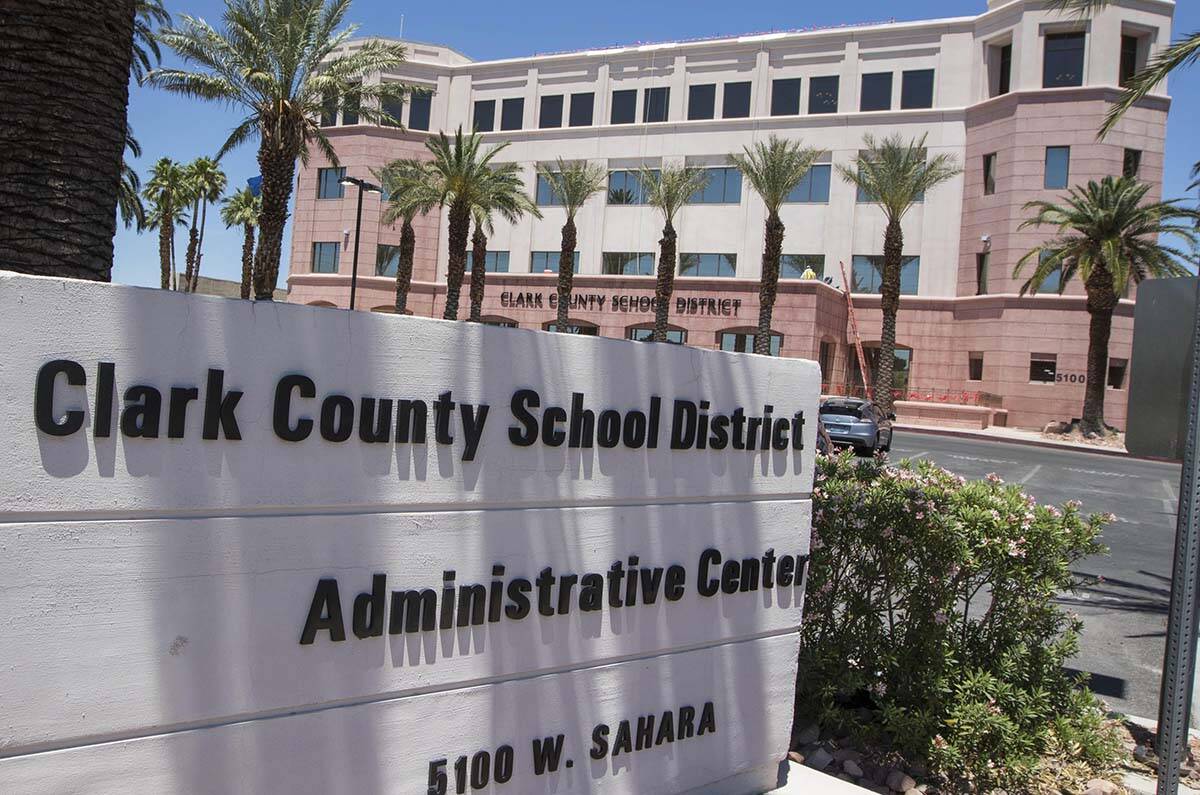CCSD to pay for cost of AP tests for students

The Clark County School District said Thursday it would begin paying the cost for students to take Advanced Placement courses that are designed to earn college credit.
In a presentation on AP classes and career and technical education programs, the district said it must change its messaging and challenge misconceptions surrounding those programs if it is going to continue enrolling students in them.
It was difficult for the district to get students and families to engage in taking AP courses, especially amid distance learning, particularly for underrepresented students who did not have the adequate support at home, according to the district’s college and career readiness coordinator Jennifer Lile. Additionally, it costs students $100 to take an AP exam, which can present a barrier for students from lower-income families.
As a result, the district said it will now pay for AP exams for all students using federal grant money, a move that was applauded by Trustee Katie Williams.
“I know $100 doesn’t seem like a lot to some people, but it is a lot to a lot of families out there,” she said.
But the number of students enrolled in an AP class who ultimately go on to take an AP test — which they need to pass to receive college credit — fell short of the district’s projected target, with approximately 79 percent of the students enrolled in AP classes last year actually going on to take the exam, according to Lile.
Still, the number of students taking and passing the test last year amounted to a potential savings of more than $6 million in college tuition in the state of Nevada, Lile said.
“That is really something to celebrate that these students are performing,” she said.
Additionally, as the district has expanded and seen increased interest in its dual enrollment program, enrollment in AP classes has decreased, Lile said.
“What that tells us is that we have to be very cognizant that we are not taking one group of students from one program and putting them into another program, but how to identify additional students to be able to partake in these college opportunities,” she said.
In their presentation Thursday, district leaders also found that while 60 percent of district students are enrolled in a career and technical education pathway, roughly half of those students — or 47 percent — end up completing their pathway.
Career and technical education programs prepare students for college or the workforce by exposing them to classes in fields of study such as automotive services, advanced manufacturing, cosmetology, engineering or graphic design.
The district should change its vocabulary around how it talks about career and technical education programs, which are often referred to as electives and not career pathways, something that can make students have a different attitude toward them, according to the district’s director of college and career readiness Gia Moore.
“When you talk about something as an elective, we’re not thinking about it from the standpoint of, this actually could lead to a lucrative career post-graduation,” Moore said.
Superintendent Jesus Jara said that the district is the pipeline for economic development in the region and that a lot of work remains to be done to remove barriers for students and families, including covering their costs to take AP exams.
“Our kids can do it,” he said. “We’ve just gotta eliminate the barriers for the families.”
Contact Lorraine Longhi at 702-387-5298 or llonghi@reviewjournal.com. Follow her at @lolonghi on Twitter.